- Liliaceae
- Lamiaceae
- Euphorbiaceae
- Leguminosae
- Zingiberaceae
- Chloranthaceae
- Campanulaceae
- Asteraceae
- Acanthaceae
- Orchidaceae
- Polygonaceae
- Ranunculaceae
- Vitaceae
- Rubiaceae
- Solanaceae
- Thymelaeaceae
- Saururaceae
- Moraceae
- Polypodiaceae
- Myrtaceae
- Araceae
- Adiantaceae
- Schisandraceae
- Amaranthaceae
- Berberidaceae
- Araliaceae
- Taxaceae
- Cucurbitaceae
- Apiaceae
- Guttiferae
- Scrophulariaceae
- Papilionaceae
- Caprifoliaceae
- Elaeagnaceae
- Apocynaceae
- Brassicaceae
- Papaveraceae
- Gentianaceae
- Paeoniaceae
- Lauraceae
- Punicaceae
- Nyssaceae
- Ephedraceae
- Gnetaceae
- Polygalaceae
- Violaceae
- Ginkgoaceae
- Cupressaceae
- Dipsacaceae
- Eucommiaceae
- Juglandaceae
- Dryopteridaceae
- Rosaceae
- Huperziaceae
- Caryophyllaceae
- Rhamnaceae
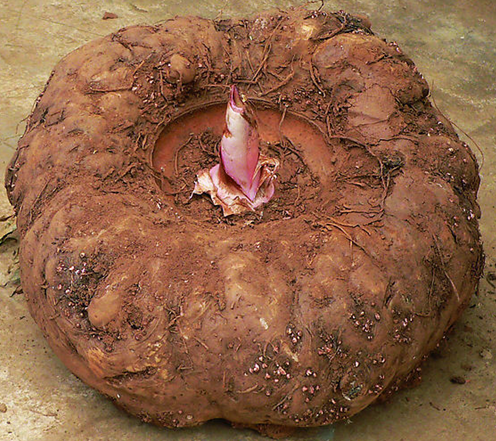
Amorphophallus konjac
- Introduction
- Download
Blast
Amorphophallus konjac (konjac) has long been used in China, Japan and South East Asia as a food source and as a traditional medicine. Flour extracted from the corm of this species is used in Far Eastern cuisine to make noodles, tofu and snacks. In traditional Chinese medicine (TCM), a gel prepared from the flour has been used for detoxification, tumour-suppression, blood stasis alleviation and phlegm liquefaction; and for more than 2000 years has been consumed by the indigenous people of China for the treatment of asthma, cough, hernia, breast pain, burns as well as haematological and skin disorders.
Year:2013
Institution:State Key Laboratory of Hybrid Rice, College of Life Sciences, Wuhan University
Material: Wuhan, China
Data link: http://www.herbal-genome.cn/index.php?m=content&c=index&a=show&catid=100&id=72

Acorus gramineus Soland. var. pusillus (Sieb.) Engl. f. suaveolens C. Y. Cheng
- Introduction
- Download
Blast
Acorus gramineus Soland. var. pusillus (Sieb.) Engl. f. suaveolens C. Y. Cheng , the dry rhizomes it has been traditionally used in oriental prescriptions.
Year:2016
Institution:South China Botanical Garden, Chinese Academy of Sciences
Yunnan Agricultural University
Material: Wuhan, China
Data link: http://www.herbal-genome.cn/index.php?m=content&c=index&a=show&catid=100&id=71
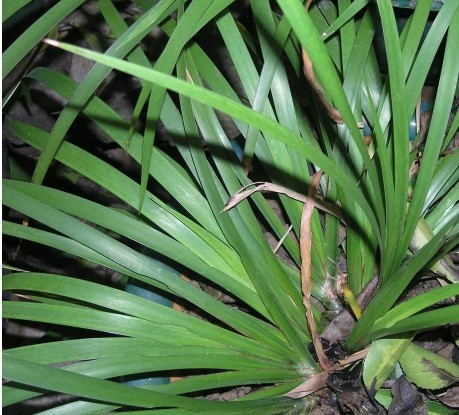
Acorus gramineus Solander
- Introduction
- Download
Blast
Acorus gramineus Solander, the dry rhizomes of Acorus gramineus Solander, has been traditionally used in oriental prescriptions for hundreds of years. It is listed in Korean Pharmacopoeia as a sedative, digestive, analgesic, diuretic, and antifungal agent. Animal studies demonstrated various pharmacological actions of AGR in the central nervous system. For example, the ethanol and water extracts were shown to prolong pentobarbital-induced hypnotic action, lower body temperature, and attenuate pentylenetetrazole-induced seizures in rodents. The volatile oil or asarone was shown to be the active component in AGR exhibiting anticonvulsive action or sedative and hypothermic effects.
Year:2016
Institution:South China Botanical Garden, Chinese Academy of Sciences
Yunnan Agricultural University
Material: Wuhan, China
Data link: http://www.herbal-genome.cn/index.php?m=content&c=index&a=show&catid=100&id=70
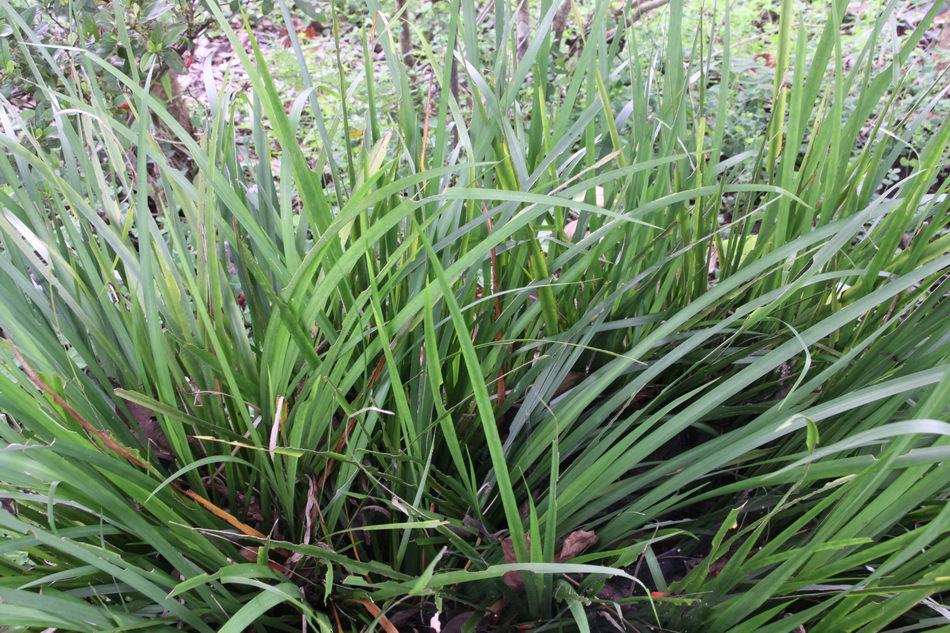
Acorus tatarinowii
- Introduction
- Download
Blast
Rhizomes of Acorus tatarinowii Schott has been conventionally prescribed by traditional Chinese doctors as an antiepileptic drug, or in combination with other medical herbs for improvement of learning and memory.
Year:2016
Institution:South China Botanical Garden, Chinese Academy of Sciences
Yunnan Agricultural University
Material: Guangzhou, China
Data link: http://www.herbal-genome.cn/index.php?m=content&c=index&a=show&catid=100&id=69

Epimedium brevicornu Maxim.
- Introduction
- Download
Blast
Epimedium brevicornum Maxim from many species of the genus Epimedium(Berberidaceae), a commonly used Chinese medicine, has proven to have efficacy against cardiovascular diseases and much chronic illness, such as infertility, impotence and senile functional diseases, for over 2000 years. Flavonoids are the major and active constituents of the genus. They are effective on dilation of the coronary, decreasing blood pressure and blood fat, inhibition of the platelet aggregation, delaying formation of thrombi, improving humoral and cellular immunity, increasing synthesis of DNA and anti-aging. They can also be used to treat rheumatism, chronic tracheitis, infantile paralysis and neurasthenic in some clinical practices.
Year:2010
Institution:South China Botanical Garden, Chinese Academy of Sciences
Yunnan Agricultural University
Material: Wuhan, China
Data link: http://www.herbal-genome.cn/index.php?m=content&c=index&a=show&catid=100&id=75
Mahonia fortunei (Lindl.)Fedde
- Introduction
- Download
Blast
Mahonia fortunei (Lindl.)Fedde belongs to Berberidaceae family,is widely cultivated in China and in other places, such as Indonesia, Japan, and United States. It is grown in gardens as an ornamental plant, owing to multicolored leaves and yellow flowers,and has been widely used in traditional Chinese medicine for treatment of many diseases, such as heat-clearing, detoxifying, antiphlogistic and anticancer.The major bioactive components of this herb is berberine.
Year:2016
Institution:South China Botanical Garden, Chinese Academy of Sciences
Yunnan Agricultural University
Material: Wuhan, China
Data link: http://www.herbal-genome.cn/index.php?m=content&c=index&a=show&catid=100&id=74
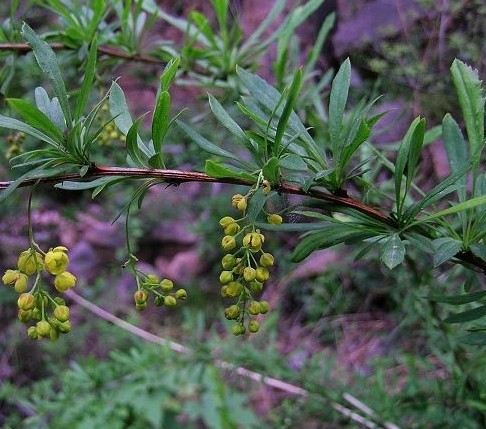
Berberis poiretii Schneid
- Introduction
- Download
Blast
Berberis poiretii Schneid, effectively used in Traditional Chinese Medicine for heat clearing, damp drying, and so on.
Year:2016
Institution:South China Botanical Garden, Chinese Academy of Sciences
Yunnan Agricultural University
Material: Guangzhou, China
Data link: http://www.herbal-genome.cn/index.php?m=content&c=index&a=show&catid=100&id=73
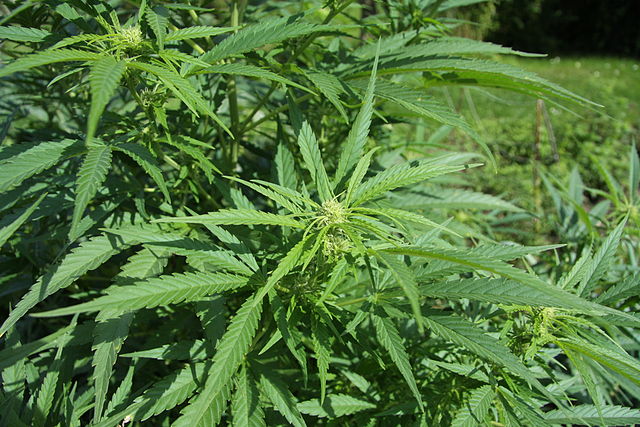
Cannabis sativa
- Introduction
- Download
Blast
Cannabis sativa is an annual herbaceous plant in the Cannabis genus, a species of the Cannabaceae family. People have cultivated Cannabis sativa throughout recorded history as a source of industrial fibre, seed oil, food, recreation, religious and spiritual moods, and medicine. Each part of the plant is harvested differently, depending on the purpose of its use. Cannabis chemical constituents include about 100 compounds responsible for its characteristic aroma. These are mainly volatile terpenes and sesquiterpenes.
Year:2011
Institution:Banting and Best Department of Medical Research and Terrence Donnelly Centre for Cellular and Biomolecular Research, University of Toronto National Research Council of Canada, Plant Biotechnology Institute
Material: Hubei, China
Data link: http://www.herbal-genome.cn/index.php?m=content&c=index&a=show&catid=100&id=77

Ficus simplicissima Lour.
- Introduction
- Download
Blast
Ficus simplicissima Lour., the dried root is an ethnomedicine used by Hakka people in southern China for hepatitis.it has the functions of liver protection, cancer prevention, and enhancement of immunological function). It mainly contains coumarins, flavanoids, and volatile oils.
Year:2016
Institution:South China Botanical Garden, Chinese Academy of Sciences
Yunnan Agricultural University
Material: Guangzhou, China
Data link: http://www.herbal-genome.cn/index.php?m=content&c=index&a=show&catid=100&id=76
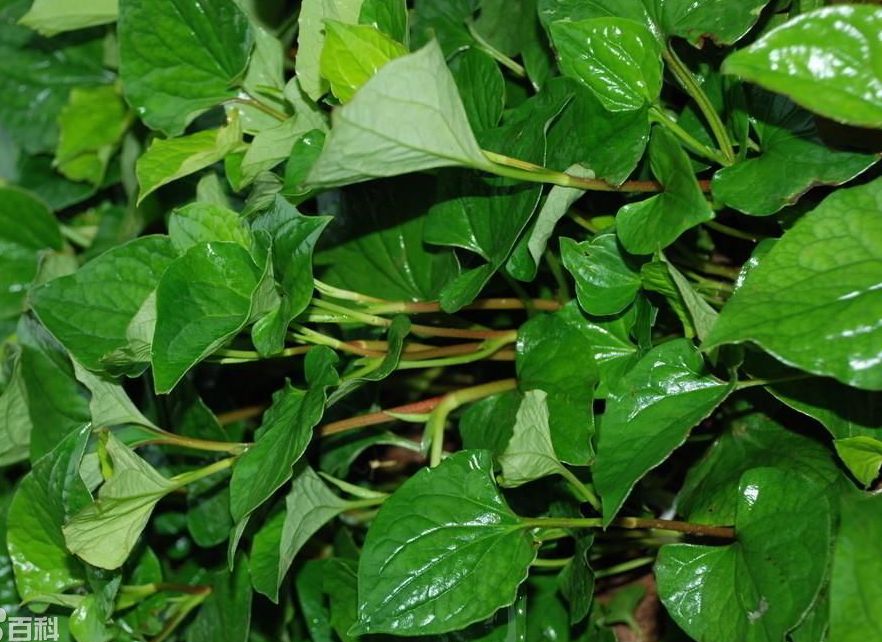
Houttuynia cordata
- Introduction
- Download
Blast
Houttuynia cordata is used in traditional Chinese medicine for pneumonia and was used by some Chinese scientists in an attempt to treat SARS. Its usedin traditional Chinese medicine can (in injection form) cause severe allergic reactions. In Japan, the beverage dokudami cha is made from the dried leaves, widely used as a general detoxification for ridding the body of harmful bacteria.
Year:2014
Institution:The College of Life Science, Huaihua University, Huaihua, China
Material: Hubei, China
Data link: http://www.herbal-genome.cn/index.php?m=content&c=index&a=show&catid=100&id=79